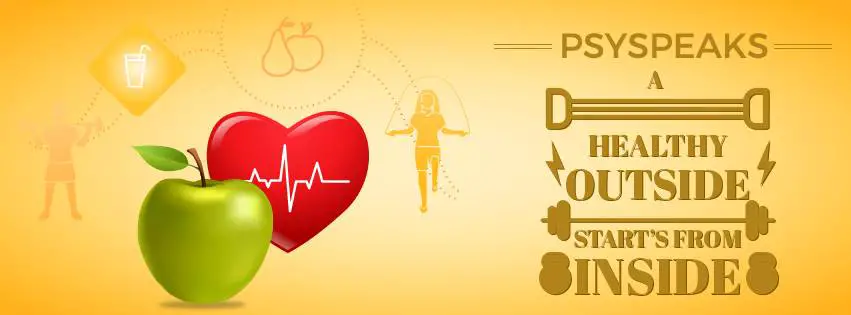
High cholesterol is a common condition that can lead to serious health problems, such as heart disease and stroke. While there are no specific symptoms for high cholesterol, there are some signs that may appear on your face.

Xanthelasma
Xanthelasma are soft, yellowish growths that can appear on the eyelids, around the eyes, or on the nose. They are caused by deposits of cholesterol under the skin. Xanthelasma are more common in people with high cholesterol or high triglycerides.
Corneal Arcus
A corneal arcus is a gray or white ring that can appear around the cornea of the eye. It is also caused by deposits of cholesterol. Corneal arcus is more common in people with high cholesterol, especially those who also have high blood pressure or diabetes.
Tendon Xanthomas
Tendon xanthomas are yellowish-orange growths that can appear on tendons, such as the tendons in the hands or Achilles tendons. They are also caused by deposits of cholesterol. Tendon xanthomas are more common in people with high cholesterol and high triglycerides.
Yellowish Skin
A yellowish tint to the skin can be a sign of high cholesterol. This is because cholesterol can build up in the liver and cause it to malfunction. Yellowish skin is more common in people with high cholesterol who also have liver disease.
Fatty deposits on the Back of the Neck
Fatty deposits on the back of the neck, also known as “buffalo hump,” can be a sign of high cholesterol. These deposits are caused by a build-up of cholesterol in the body. Buffalo hump is more common in people with high cholesterol who are also overweight or obese.
Elevated Blood Pressure
High cholesterol can lead to high blood pressure. High blood pressure can damage the arteries, which can increase the risk of heart disease and stroke. Elevated blood pressure is more common in people with high cholesterol.
Chest Pain
Chest pain, also known as angina, can be a sign of high cholesterol. Angina is caused by a lack of oxygen to the heart muscle. Chest pain is more common in people with high cholesterol who also have heart disease.
Shortness of Breath
Shortness of breath can be a sign of high cholesterol. This is because high cholesterol can cause the arteries to narrow, making it difficult for the heart to pump blood. Shortness of breath is more common in people with high cholesterol who also have heart disease or lung disease.
Fatigue
Fatigue can be a sign of high cholesterol. This is because high cholesterol can damage the arteries, which can reduce the amount of oxygen that is delivered to the body’s tissues. Fatigue is more common in people with high cholesterol who also have heart disease, lung disease, or other chronic health conditions.
Pain in the legs
Pain in the legs, especially when walking or climbing stairs, can be a sign of high cholesterol. This is because high cholesterol can cause the arteries to narrow, making it difficult for blood to flow to the legs. Pain in the legs is more common in people with high cholesterol who also have peripheral artery disease.
If you notice any of these signs, it is important to see a doctor to get a diagnosis. High cholesterol can be treated with lifestyle changes, such as eating a healthy diet, exercising regularly, and losing weight. In some cases, medications may also be necessary.
It is important to note that these are just some of the signs of high cholesterol. If you are concerned about your cholesterol levels, you should see a doctor for a diagnosis.
Tips for Reducing Cholesterol Levels
There are a number of things you can do to reduce your cholesterol levels, including:
- Eat a healthy diet: This means eating a diet that is low in saturated and trans fats, and high in fruits, vegetables, and whole grains.
- Exercise regularly: Exercise helps to lower cholesterol levels by increasing the amount of good cholesterol (HDL) in the blood and decreasing the amount of bad cholesterol (LDL) in the blood.
- Lose weight: If you are overweight or obese, losing weight can help to lower your cholesterol levels.
- Quit smoking: Smoking can raise cholesterol levels, so quitting smoking is a good way to lower them.
- Manage your blood pressure and diabetes: If you have high blood pressure or diabetes, managing these conditions can also help to lower your cholesterol levels.
If you have high cholesterol, your doctor may also prescribe medication to help lower your levels.
Conclusion
High cholesterol is a serious health condition that can lead to heart disease and stroke. However, there are a number of things you can do to reduce your cholesterol levels and improve your overall health. By eating a healthy diet, exercising regularly, and managing other health conditions, you can lower your risk of developing serious health problems.




